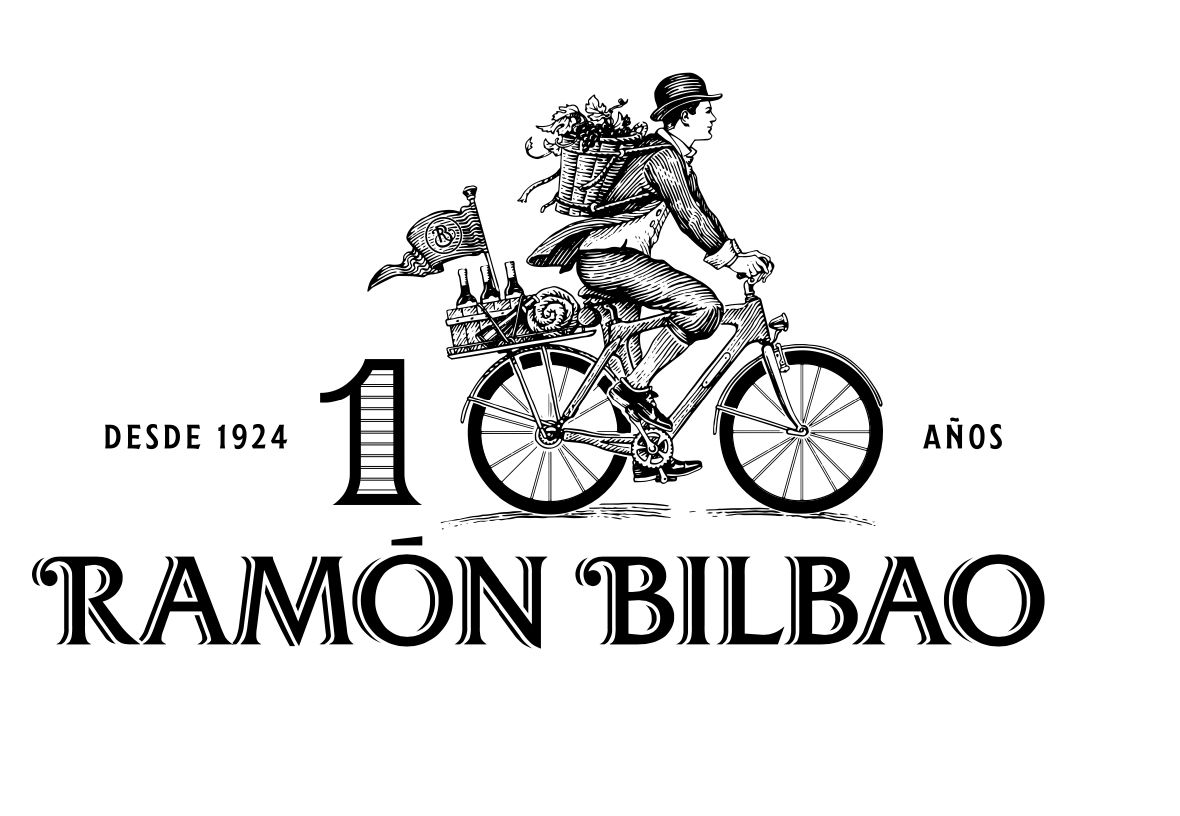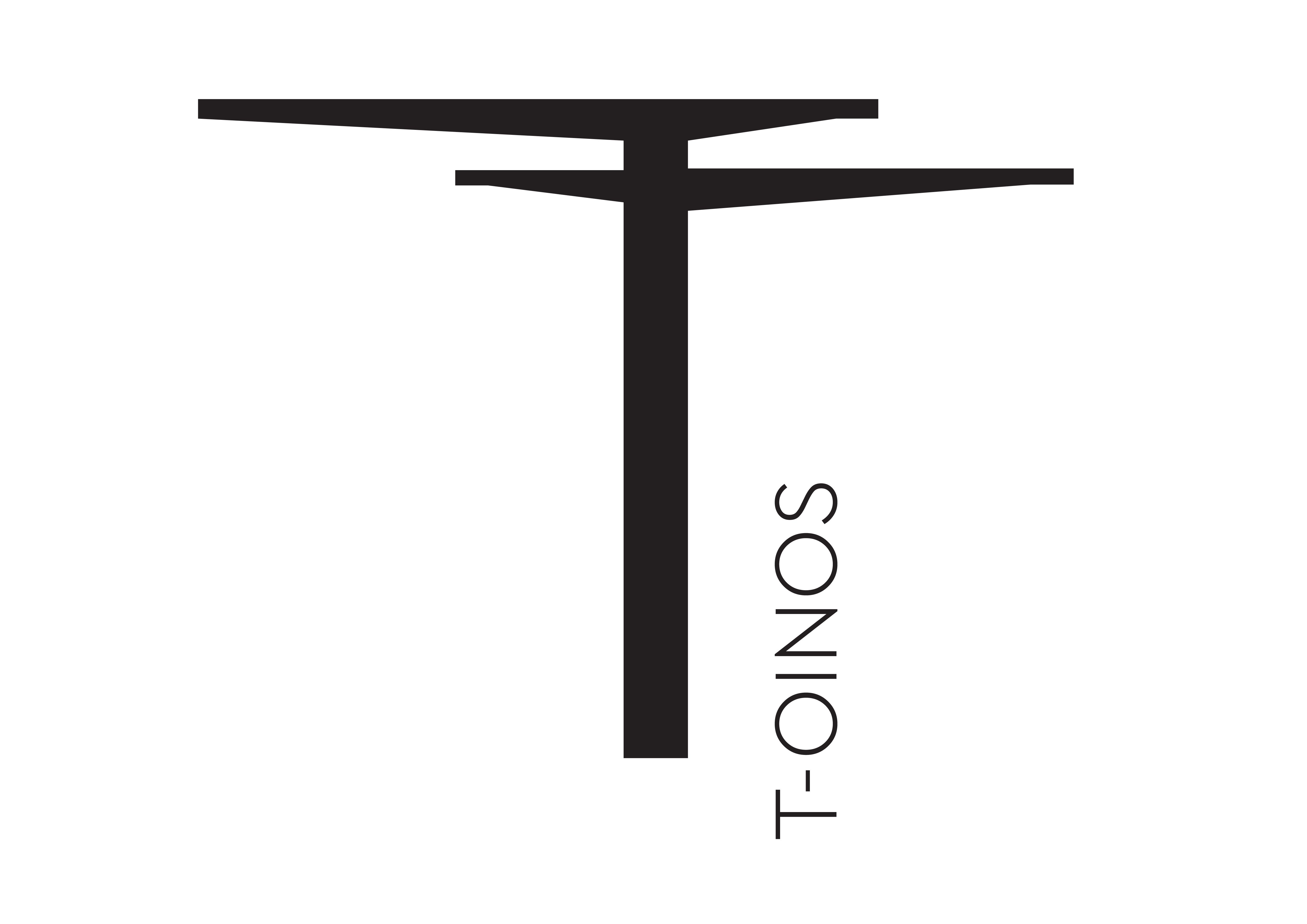We might not be able to see winemakers face to face at the moment, but Davy’s Wine Merchants has found a way to still allow its producer partners to personally talk to their customers about the wines they are making, as Lawrence Francis explains.
Tell us about how you have developed using audio as part of what you are doing at Davy’s?
Davy’s Winemaker Audible Series features audio interviews with producers, playable from our website, that give customers fascinating insights into the wineries, winemaking philosophies and what to expect from individual wines.
We currently have over 180 wine audio descriptions available to play, before customers buy, helping them to decide if the wine is right for them, and afterwards, sipping along while listening to their own virtual, on demand mini-tasting. The audio is not only available on the website, it is also promoted in Davy’s Greenwich store through shelf talkers with scannable QR codes linking directly to the audio.
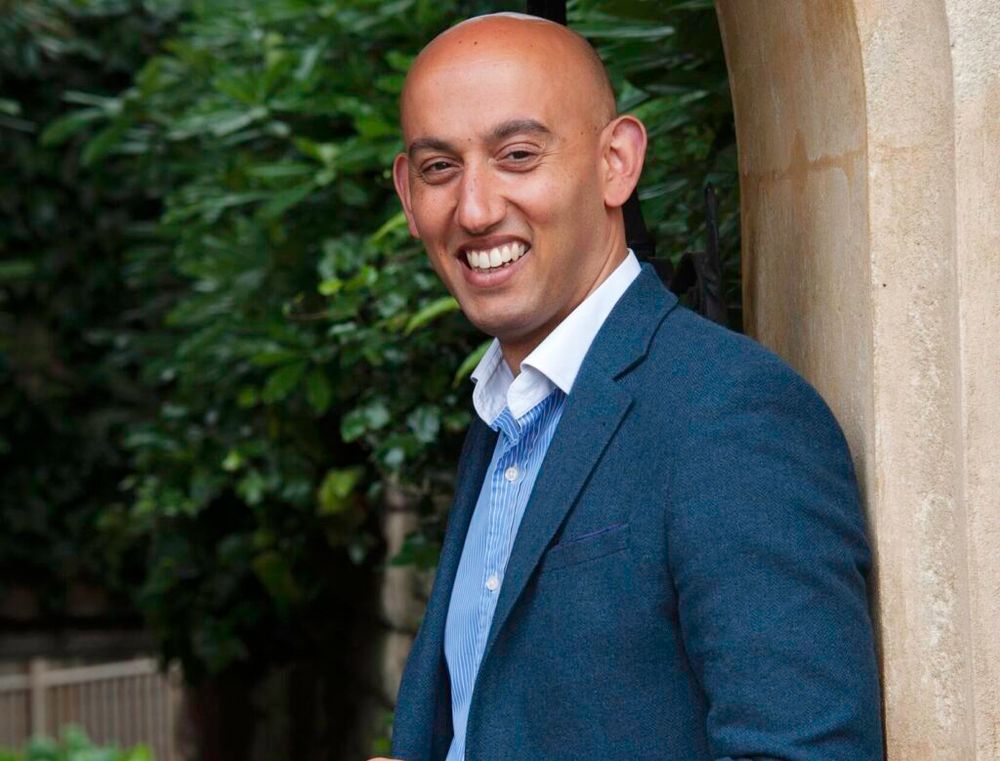
Lawrence Francis has built up vast experience running his own podcast – Interpreting Wine – that has helped Davy’s introduce audio recordings from its winemaker partners
During the first UK national lockdown, The Winemaker Audio Series acted as an important gateway to Davy’s wider range of pre-selected mixed cases and was a key factor in the phenomenal increase in sales. Average spend grew by more than 10% year on year, between April – July 2020.
While a large focus of the marketing effort in 2020 was on promoting Davy’s history and heritage through a 150th anniversary campaign, the Winemaker Audio Series places us at the forefront of customers’ minds when thinking about digital innovation in retailing and wine.
Why have you gone down the audio route rather than video?
One of audio’s big advantages over video is that it only occupies one channel (your ears) rather than commanding your eyes too. People find listening to audiobooks or podcasts an efficient use of time as it lets them multitask while cooking, working out or driving. This flexibility drives greater levels of engagement and people will listen to a much longer audio file than they would video.
We still value video and regularly have live online tastings, which we release the video for on our Youtube channel, but providing audio means we are offering our customers greater choice and convenience about how to engage with our producer stories.
Was this something that came about on the back of the need to respond to Covid or was it in your thinking before?
We fast-tracked the launch of the Winemaker Audible Series in the wake of the UK lockdown in March 2020. Immediately after lockdown started, many people wanted to use their newly found spare time to learn new things and consume interesting content. They also wanted to be transported away from the difficulties they were experiencing at home. The Winemaker Audible Series enabled us to meet both these needs.
(Here is an example of one of the audio recordings on the Davy’s site. Click to listen)
https://rsc.davywine.co.uk/wp-content/uploads/2020/02/Chateau-Reynier-Blanc64kbps.mp3
How did you do the actual recordings and edit them?
The initial set of recordings were made in person at Davy’s tastings at the end of 2019 and start of 2020. When gathering audio face-to-face was no longer an option, I began conducting and recording interviews remotely.
I produced detailed instructions as to how producers should record and transfer the clips and encouraged recordings of around 2 to 3 minutes. This is plenty of time to get a real insight and meant that editing was kept to a minimum. Letting producers record in their own space and time meant that they gave a truer reflection of their personalities and their wines.
Audio files are hosted on Davy’s website and can be accessed via the product page for an individual wine or mixed case. Scannable QR codes are also included in every case that has audio.
What lessons have you learnt from doing the audio tastings?
As we’ve developed all of our communication channels in 2020, including our blog, website and email newsletters, the importance of creating content has really come to the fore. Having audio recordings for most of our producers means that we always have something interesting to say or write about them.
Noticing the tone of voice or choice of words used by the producers in their audio tastings has meant that we’ve gotten to know them even better. We’ve also learned how innovative this idea is and how interested our trade customers are in it.
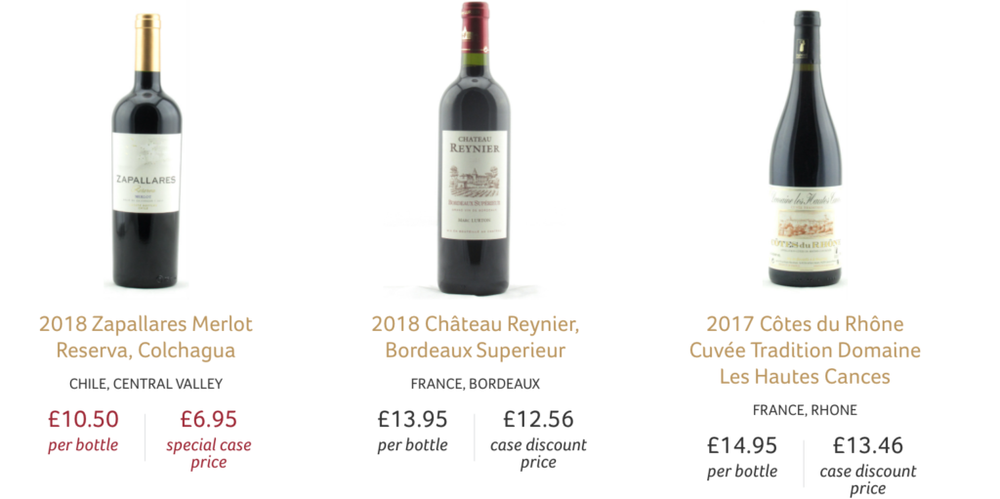
Davys customers still shop the site in the same way, the audio files appear once you click on the wine you are interested in hearing more about
What sort of response have you had from customers?
Our customers have told us how well it works both online and in-store, where they can scan a QR code to play the file, because they can learn about a wine before deciding to buy it. They are also enjoying the option to listen again at home while drinking which makes the experience of trying a new wine, in particular, much more memorable.
The response that we’ve had to audio has been so positive and not just from consumers. It has grabbed the attention of the trade too, with very little publicity from us.A number of our key wholesale customers are asking to adapt what we have done for their own businesses and that will be a big focus for us in 2021.
What plans do you have next to use audio as part of the Davy’s comms strategy?
So far, our audio content has been about producers and their individual wines and we still have more to do to get more producers and great wines recorded.
For years, we have also tried to educate and engage our customers through written blogs, on subjects including vegan wines, the different styles of sparkling wine and the joys of sherry.The logical next step is to use audio for this too and give our customers more in-depth information that they can digest at their leisure.
We will also be spending a lot of time working with our wholesale customers to make the concept work for them and their end-consumers.
You are also experienced at doing podcasts. Talk us through the podcast you do and how that came about?

Lawrence Francis has built up a strong following through its Interpreting Wine podcast
My podcast, Interpreting Wine began life in September 2017. I was living in Madrid at the time and it was simply a way of giving more purpose and structure to my visits to Spanish winemakers. At the time, podcasting was still relatively niche but the signs were that it was about to grow massively.
The focus of Interpreting Wine broadened in 2018 to include other regions and wine styles, and to cover the London hospitality scene, where I was now living. It became clear that there was a gap in the market for this type of content and I quickly attracted a following among the UK, and later US wine trade. The US is now my biggest market, followed by the UK.
Interpreting Wine is known for producing thorough, in-depth, quality audio content, with episodes of up to an hour, typically released as coherent series of three to 20 episodes. The main audience are sommeliers and wine students (typically WSET Level 3, Diploma or Masters of Wine) working in the wine trade. People tell me they appreciate the convenience that audio offers and I’ve heard of people listening while jogging, walking their babies, and even on a tractor in the vineyards.
How have you developed the podcast?
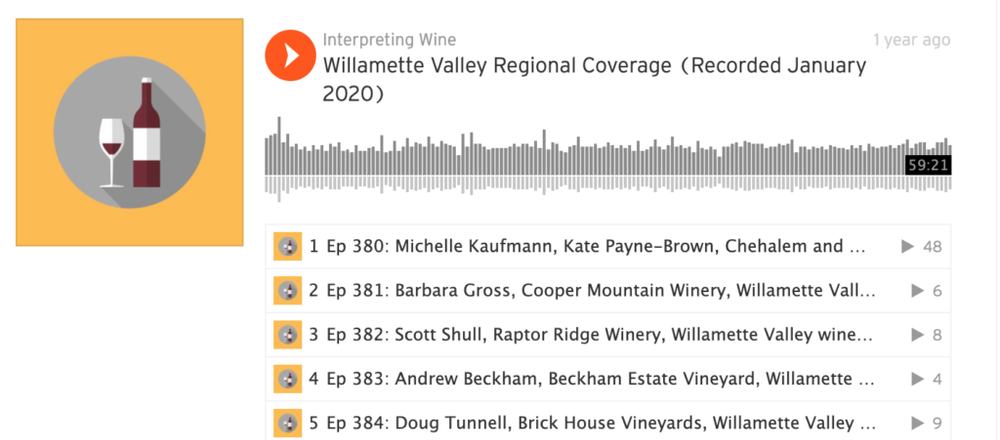
Lawrence Francis was able to work with producers in the Willamette Valley in Oregon to tell their stories via his podcast to great success
2020 was a huge year for Interpreting Wine. With the support of the Willamette Valley Wineries Association I travelled to the Willamette Valley in January 2020, capturing 20 interviews with some of the most prominent producers in the region; many of whom are imported into the UK. This series has been my most successful ever, with great feedback and engagement, and each episode attracting more than 500 hours of listening on average (more than 21 days each). The series as a whole has generated over 10,000 hours of listening (around 430 days).
As of January 2021 Interpreting Wine has published 442 episodes covering regions and countries as diverse as Jerez, New Zealand, Wagram (Austria) and New York (Finger Lakes). I continue to experiment and refine the format and my most recent series is the WSET Diploma student summit, which shares learnings from past prize-winning Diploma graduates to the current crop. Amazingly, the contact time offered by just a single episode far exceeds that of most other media channels and a series far exceeds the contact time of a trade tasting.

Francis has been able to share the experiences of what it is like studying for the WSET Diploma with many of the recent graduates and students taking the course
What do you think the potential of podcasting is?
Podcasting is yet another trend in which the US is leading the way, and is already well ahead of the rest of the world both in terms of production and consumption. I think that producers in Old World regions could benefit from learning from what US producers and wine regions are doing, which ultimately lets them extend the conversation about their wines and keeps them front of mind when the consumer is choosing what wine to try next.
During 2020, 33% of my listeners were in the US, followed closely by the UK (27%) and Ireland (4%). This trend has already continued in 2021 (to 19 January) with over 47% of my listens coming from the US. Interest in Interpreting Wine in the US is only likely to grow as my next major series will be the most in-depth audio coverage ever of Washington State wines: featuringthree producers from Columbia Valley, Yakima Valley and Walla Walla, scheduled for release in Spring 2021.
What is the skill in producing an interesting podcast – what tips can you share?
Put people at their ease and create a meaningful 1:1 connection. This will be much more interesting to listen to than creating a thinly veiled advert, which people will spot a mile away and will not engage with.
Don’t get caught up with technology. I recorded the first 400 or so episodes with a very basic setup (which I have summarised in a kit guide www.interpretingwine.com/kit). It’s only now that I have started to upgrade my equipment as a result of recording many more episodes remotely.
My top tip if you need to record interviews remotely is to use a specialist audio recorder (such as Squadcast or Zencastr, rather than zoom) as this will improve quality and these can protect you against losing the recording if the internet goes down. When the time is right, invest in a decent quality USB microphone, such as the Rode NT USB mini or Blue Yeti, either of which will set you back around £100. In between podcasting, a good mic will also improve the quality of your audio in zoom calls and video recording.
How often do you need to do it in order to make it effective?
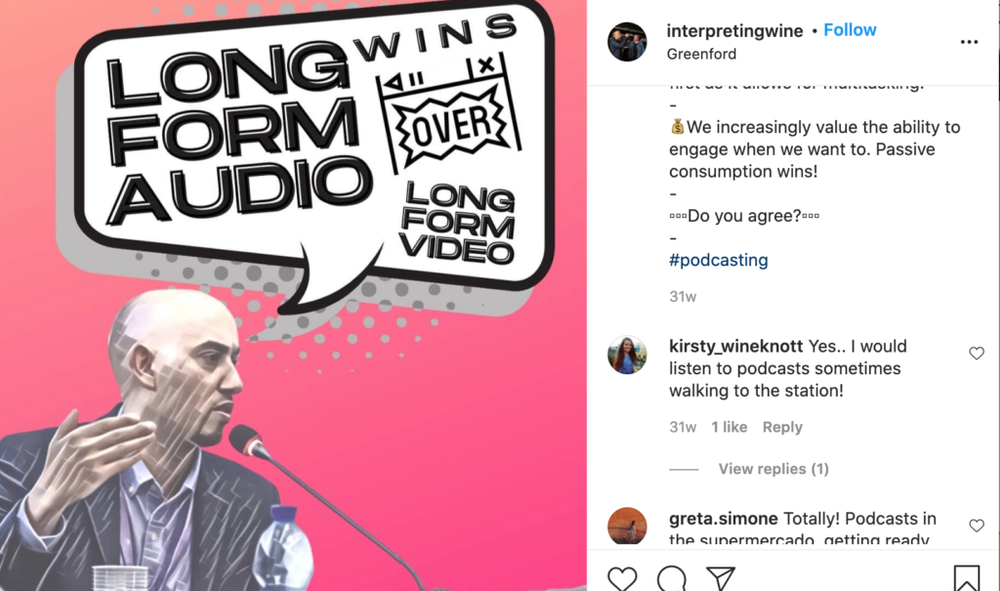
Lawrence Francis has used his Instagram platform to share and promote his Interpreting Wine podcast
I personally think when starting out you should aim to be very active in order to break through into people’s awareness, and in 2018 I published 220 episodes.
While I may never do that many episodes again in a single year, I am still benefitting from the learnings and practice gained in that year.
In 2019 I produced 126 episodes and last year 83. So, even if you have a busy first year, you can always taper off over time. If you have additional time on your hands now because of lockdowns, it’s a great time to start or to revitalise an old, forgotten podcast.
How do you market it and create an audience for a podcast?
My plan at the outset was to create a social media following and use this to send people to specific podcast episodes. I did so because most listening takes places on Spotify and iTunes and getting discovered on those channels can be a real challenge. I then used podcast episodes to send people to my social media channels, to create momentum much quicker than using one channel alone.
Because I focused heavily on Instagram in 2018, this is still where I have the largest following. Knowing how active the wine trade are on twitter, I now spend some time there every day too.
Ultimately, keeping and growing an audience is all about relevance and quality. I still feel as though the wine trade is underserved by podcasts. Arguably, wine students at Diploma and Master of Wine level are the least well served, as many wine podcasts do not have sufficient detail to meet their needs.
To remedy this and serve my audience I create content that serious wine students will listen to, while keeping the tone light and accessible means that they will typically play to the whole episode, even if some of these run for over an hour. The episodes then gain their own momentum as listeners share the episodes and series with friends and in study groups.
Anything else you would like to say about the ins and outs of running a successful podcast?
Treat podcasting like you would your other social media channels. This is a space for you to connect with your customers at any time or place. Think about them and what they’d like to hear.
I would urge restaurants to capture the stories of your producers and staff and transmit this to your customers, especially at this time. Maintain that connection you’ve worked so hard to build, and build new connections, so that when you can reopen your customers are still there.
- If you would like to find out more about podcasting then you can go to www.interpretingwine.com
- You can also email Lawrence Francis at hello@interpretingwine.com.




























